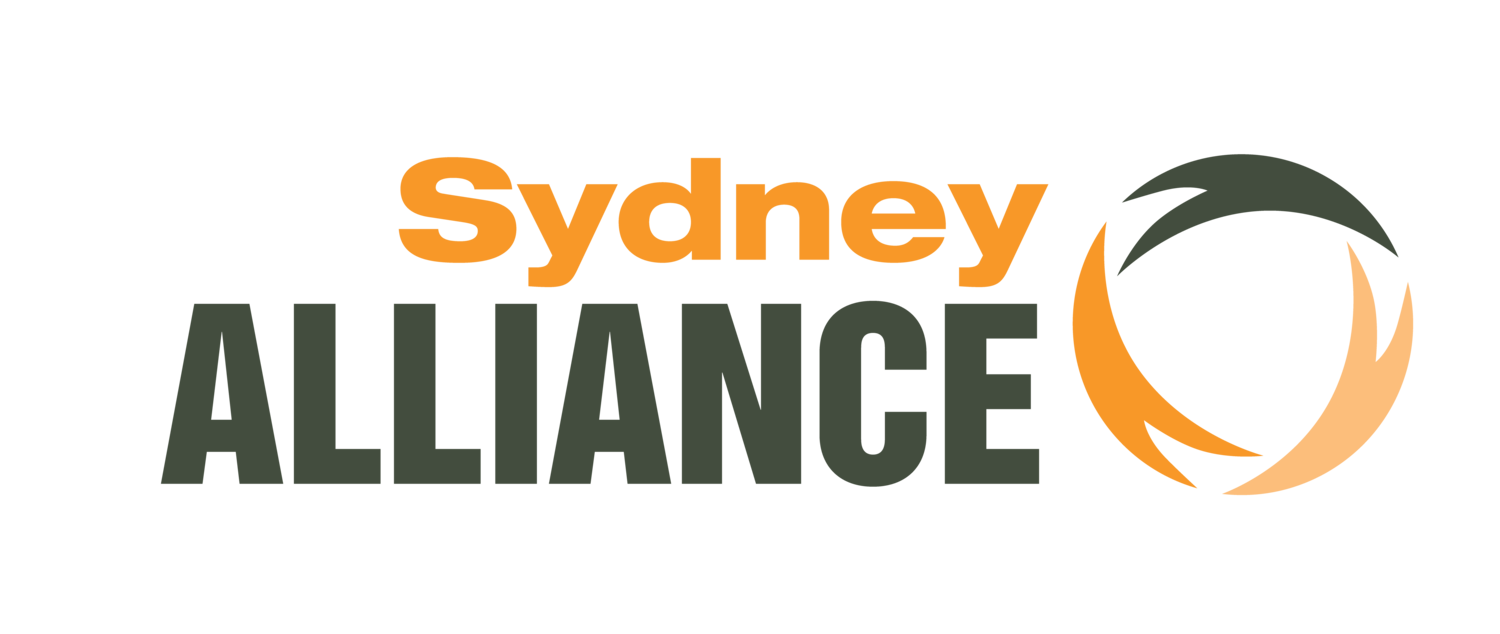Healthy and Affordable Homes for Western Sydney’s Migrant Communities
By Penny Cummins and Sharon Li, Contributors
Across the world, the impact of rising temperatures on people is becoming increasingly severe. With reports growing every year of worsening drought, lethal heat waves, wildfires and heat stress making cities unlivable, the effects of climate change are being felt in every continent. But these effects are unevenly distributed, with marginalised groups and people living in poorer countries more vulnerable to experiencing the effects of extreme heat.
As part of the Voices for Power Campaign, diverse and low-income communities in Western Sydney are organising for clean and affordable energy that keeps their families comfortable and safe from the impact of heat, whilst also protecting the planet from further climate change. We spoke to Anoop Sud, a member of the Voices for Power campaign and a resident of Stanhope Garden, about his involvement in the campaign and why the NSW government needs to invest in healthy and affordable homes.
In our conversation, Annop highlighted the cost of rising energy prices for his family. ‘I should be able to use the facilities in my home for air-conditioning during the summer and heating during the winters. But now, power has become expensive and unaffordable.’
The rising cost of energy means that low-income households in Western Sydney are often unable to rely on their homes to keep cool during extreme weather events. ‘Migrants from the Indian subcontinent are not from wealthy backgrounds,’ Anoop explained. ‘We come from working class backgrounds. Many families living in Western Sydney are also from multigenerational households, so their energy usage goes up. What happens if you can’t afford it? During the summer the malls are filled with people who cannot afford air conditioning. They are sitting in libraries and community centres to keep cool.”
Anoop’s story highlights the way climate change magnifies existing inequalities in Western Sydney, where temperatures are typically ten degrees higher than Sydney’s CBD in summer. In the past decade, Western Sydney has seen the number of days per year with temperatures over 35 degrees increase from an average of 9.5 days per year in the 1970s, to 15.4 days per year. By 2090, the number of days per year over 35 degrees is projected to triple to 52 days, with parts of Western Sydney – such as Richmond – experiencing even more extreme heat days than others.
The difference in temperatures is caused by a combination of environmental and man-made factors, including the lack of sea breeze and rain in Western Sydney, as well as the replacement of green bushland with roads and buildings that absorb and trap the heat.
As the need for cooling increases due to soaring temperatures, the price of using energy is also increasing. In the past decade, the cost of electricity has increased by 117% (76% in real terms), while the cost of gas has increased by 89% (53% in real terms).
Significantly, Western Sydney is home to a large portion of Sydney’s migrant, refugee and First Nations populations, many of whom come from low-income households and cannot afford to keep themselves cool in the face of rising energy prices.
Several factors contribute to the inability of low-income households to access affordable and clean energy. People from low-income households have less capacity to afford the upfront costs of clean and energy efficient commodities such as insulation, appliances, or solar panels. Additionally, low-income households are more likely to be renting a property, preventing them from being able to improve the energy efficiency of their homes.
Many low-income households may also simply be less able to access the information about their energy costs. Factors such as lack of capital, language barriers, lack of transparency and increased market and system complexity means that people from low-income households are less able to make informed decisions on which energy initiatives to partake in.
The NSW government can support low-income households experiencing energy poverty in several ways. Firstly, the NSW government should invest in grants and rebates that support low-income households, including tenants of social housing and renters, to install clean energy efficient upgrades for appliances such as hot water systems, ceiling fans, lighting and solar PV, as well as to replace inefficient appliances. Local councils and community service organisations can play a role in delivering energy efficiency and solar programs, generating jobs and stimulating the economy.
Secondly, the NSW government should commit to setting minimum standards for energy performance of rental properties and social housing. Solar PV should be installed on all social housing buildings, and there should be greater investment in public housing stock.
Finally, other initiatives are crucial for assisting renters. The NSW government should allow landlords to write-off the cost of upgrades that improve thermal performance, whilst no-grounds evictions should be banned in order to protect renters who may demand upgrades.


